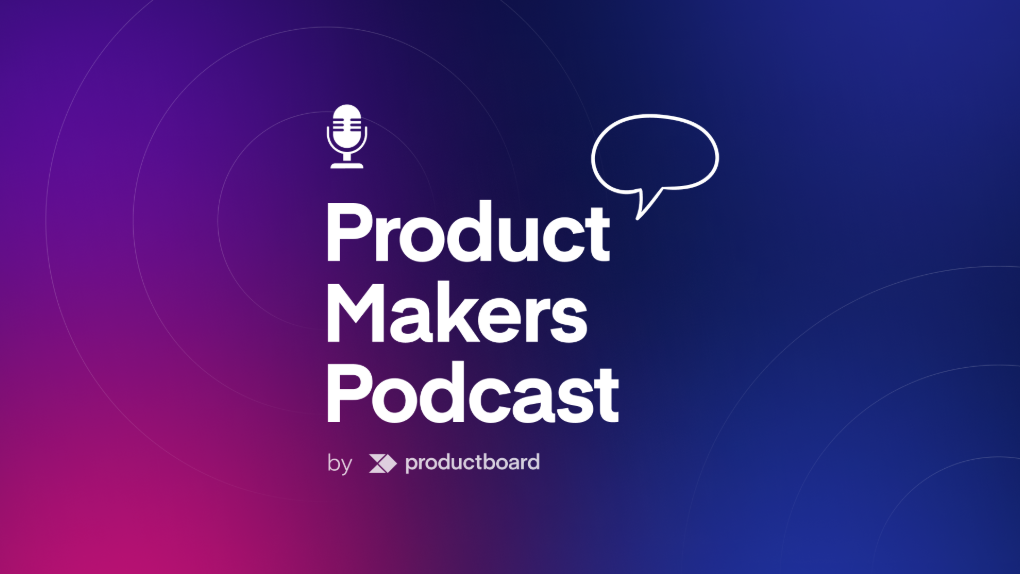11 Product Management Metrics You Should Care About

Why do metrics matter to product managers?
Building products is about trying to explore an opportunity space. You have a hypothesis about a problem or need that a specific group of people have. You have assumptions on how to go about solving it. And you hope that the solutions you build will address the need while also creating value for your business. Metrics are a great way to help you understand if you’re succeeding.
Metrics allow you to take a more systematic and rigorous approach to understanding where you’re succeeding — and where you’re not. When you regularly collect and monitor metrics, knowing if you’re moving in the right direction isn’t guesswork. Instead of relying on feelings or anecdotes, you can dig into data to answer your most pressing questions: Is your product solving the problems or addressing the needs you’ve identified? And are you creating value for your customers and your business?
How do you get started with product metrics?
Once you make the commitment to be data-driven, you may find yourself overwhelmed by all of the metrics you could measure (as you’ll see from the list below, there are plenty of them!). But overcommitting and measuring everything means that a lot of the information you collect will just end up being noise. Or you’ll end up with a lot of “vanity” metrics that might make you feel good, but don’t actually help you make decisions.
Good product metrics are leading indicators of business success, but it might take you several iterations to determine which metrics give you the most insight. As you get better at deciphering how your metrics impact the business, you’ll get a better sense of where you should intervene or what you should try to improve before it’s too late.
Which metrics should you focus on? There’s no single right answer to this question, but it helps to start by narrowing in on just a few key questions. Focus on an area that will help you make decisions as an organization. Amplitude talks about a North Star metric — a single critical rate, count, or ratio that represents your product strategy.
Next, we’ll explore some of the most common metrics that product teams choose to focus on.
What are some of the most common metrics product managers should care about?
Here are some of the most common categories of metrics that matter to product managers:
- Business metrics
- Product usage metrics
- Qualitative metrics
Let’s look at each category in more detail.
Business metrics
How is your company doing in terms of acquiring and retaining customers? How much money is coming in? These are the types of questions you can answer with these common business metrics.

Retention
Retention refers to your ability to keep customers and can be measured both in terms of customer retention (whether you keep customers from one month or year to the next) and revenue retention (the amount of revenue you generate from the previous month’s or year’s customers).
You can also further analyze retention by looking at net revenue retention (NRR). To calculate NRR, start with revenue. Then subtract revenue churn (caused by customers who depart or downgrade) and add revenue expansion from upgrades, cross-sells, or upsells. NRR is usually measured as a percentage, but it can exceed 100% if you’re consistently retaining and expanding with existing customers.
Another way to consider retention is by measuring gross revenue retention (GRR). This measures annual revenue lost from a company’s customer base, not including any benefits from expansion revenue (cross-sells, upsells), or price increases. GRR is also measured as a percentage and will be equal to or less than NRR.
Churn
Churn is a way of measuring how many customers you’re losing and it helps you understand your customers’ journeys and successes within your product. You can look at both NRR and GRR to help you understand where your company is in terms of churn. If both NRR and GRR are high, it’s a good indication that your growth is steady. But if you have a high NRR and a low GRR, it’s a signal that your growth is unsteady.
Revenue
How much money is generated by your product directly or your overall business? And how is this growing (we hope!) over time? Revenue is a lagging indicator — it takes time to see which customers signed, renewed, or canceled — and it may not always be 100% connected to your product. So while it’s an essential business metric, for most types of products you want to prioritize measuring behaviors in your product that are leading indicators of revenue rather than revenue itself.
Acquisition
Acquisition helps you understand where your users/customers are coming from. There are often several steps that happen before a user or customer activates. For example, someone may visit your website, fill out a form to download an asset or register for a webinar, and have a call with a member of the sales team before actually starting to use your product or becoming a customer. Keeping track of all these touchpoints will help you better understand and optimize the customer journey.
Product usage metrics
Product usage metrics help you look a little more closely at the actions users are taking. These tend to be measurements of things that a product team has more direct influence over than the business metrics we considered in the previous section.

Activation
Activation measures the number of people who have started to use your product or service and found initial value. The exact definition of activation will vary depending on your business. For example, it might refer to the moment when someone switches from a free trial to a paid subscription for the first time or when they post a picture.
Retention
We covered customer retention as a business metric in the previous section. At the product level, retention means that people regularly come back to use your product. Some common examples include someone purchasing from you multiple times, regularly opening or using your app or software, or maintaining their subscription with you.
Referrals
Referrals measure your ability to turn your customers into advocates by monitoring how many people your users bring in. If your product has an invite mechanism built into it, you can track how much growth is coming from user referrals vs. paid acquisition.
Conversion
Similar to the acquisition journey, users will often go through a conversion journey. This is often defined as a funnel where the user takes a specific action to “convert” from one stage of the funnel to the next.
Conversion events might include signing up for a subscription, buying something, entering their email address to download something, or signing up for a demo. Defining and monitoring what happens during the conversion stages gives you an idea of areas to focus on improving. You can look at the drop-off points and invest more to help people take the next step.
Engagement
Engagement tells you how frequently and in what ways people are using your product. It’s a way to determine whether they’ve formed a habit of using it and if they’re getting regular value out of it. Depending on the product and the expected frequency of use, you can break this down into daily active users, weekly active users, or monthly active users. Another metric that helps you assess engagement is stickiness. How often are users returning to your product or using specific capabilities?
User composition
There are a number of ways to keep track of user composition. You might want to monitor the behavioral attributes of your users (such as how often they do something) or demographic attributes (like where they live or what size company they work for).
When you develop a better understanding of your user composition, you can better segment your product for specific groups. You can also consider user composition as a dimension you can break down the other metrics by. For example, you might care about retention, engagement, or conversion across the different segments of your users. This adds color to the other things you’re measuring and helps you understand trends that may only be affecting one of the subpopulations of your users.
Qualitative metrics
Qualitative metrics give you more insight into how your customers or users are feeling. How satisfied are they with your product?

Net Promoter Score (NPS)
Net Promoter Score, or NPS, asks customers how likely they are to recommend your product or service to a friend on a scale of 0 to 10. High scores (9–10) are considered promoters, middle scores (7–8) are considered passives, and low scores (0–6) are considered detractors.
To arrive at your NPS, subtract the percentage of detractors from the percentage of promoters. Measuring NPS can help you track your product experience. What’s happening to it over time? Are certain segments of users responding in different ways?
Next steps for measuring your product success
Remember: It’s easy to get overwhelmed by all the things you could be measuring. But try not to get tripped up by that. Your goal is to start somewhere, get a baseline, and then make adjustments over time. As your understanding of your users evolves, so will your strategy for which metrics will give you the best insights. But this won’t happen until you make the commitment to dive in and start.





